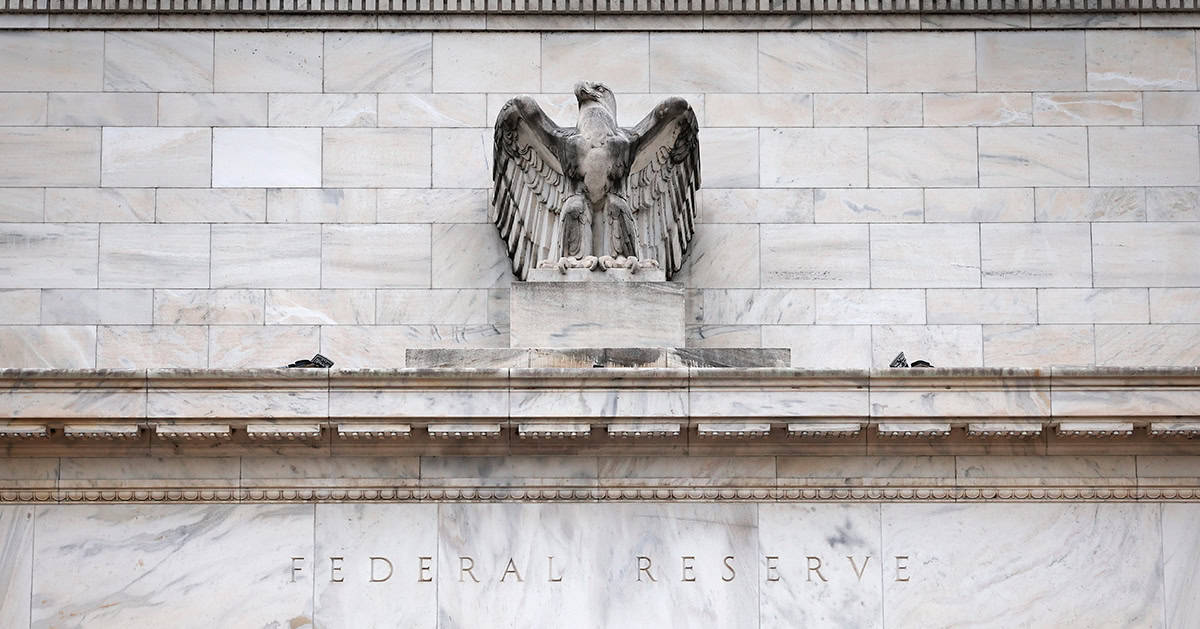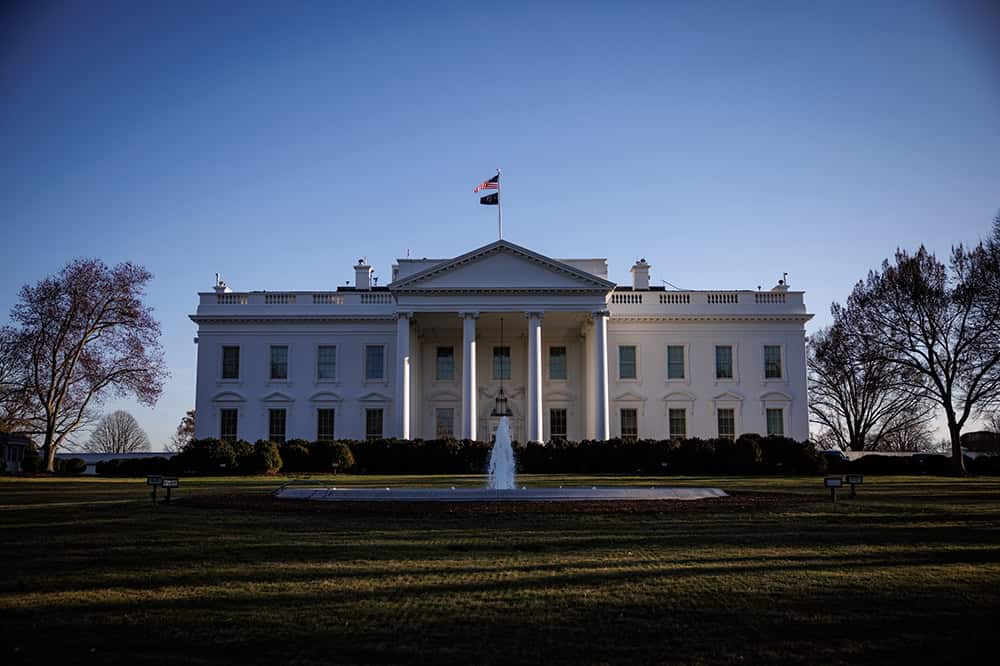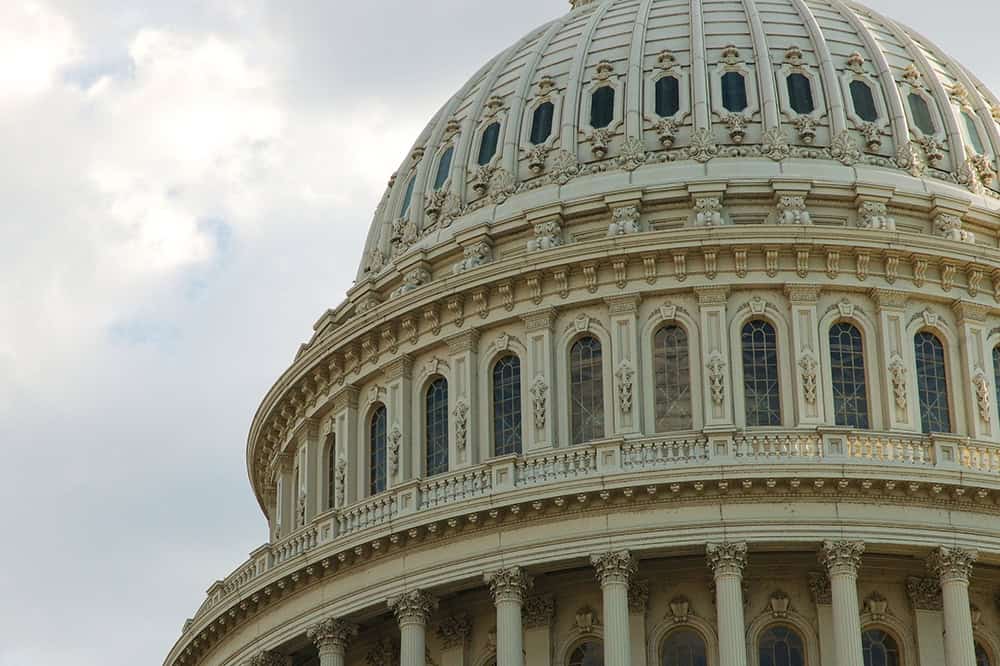A federal trust fund is an accounting mechanism the federal government uses to track earmarked receipts (money designated for a specific purpose or program) and corresponding expenditures. The largest and best-known trust funds finance Social Security, portions of Medicare, highways and mass transit, and pensions for government employees.
Federal trust funds bear little resemblance to their private-sector counterparts; therefore, the name can be misleading. A “trust fund” implies a secure source of funding. However, a federal trust fund is simply an accounting mechanism that tracks inflows and outflows for specific programs. In private-sector trust funds, receipts are deposited, and assets are held and invested by trustees on behalf of the stated beneficiaries. In federal trust funds, the federal government does not set aside the receipts or invest them in private assets. Rather, the receipts are recorded as accounting credits in the trust funds and then combined with other receipts that the Treasury collects and spends. Further, the federal government owns the accounts and can, by changing the law, unilaterally alter the purposes of the accounts and raise or lower collections and expenditures.
How Do Federal Trust Funds Work?
The federal government uses trust fund accounting to link receipts designated by law for a specific purpose with the expenditure of those receipts. Receipts can come from the public (taxes, premiums from program beneficiaries, and other fees) as well as intragovernmental transfers from other federal accounts, including interest payments made by the Treasury. Expenditures include, for example, direct payments to individual beneficiaries (e.g., Social Security benefits) or grants to state and local governments (e.g., highway and mass transit grants).
What Happens When A Federal Trust Fund Runs a Surplus?
When a federal trust fund receives more receipts in a year than it needs to cover its designated expenses, it accumulates a positive balance that is held in the form of non-marketable Treasury securities, meaning that they are not available to the general public. Those securities represent intragovernmental debt: one part of the government (the trust fund) “lends” funds to another part of the government (Treasury). The Treasury uses the surplus cash receipts for spending on other programs and other general purposes, which effectively reduces the amount of debt that it needs to issue to the public to fund the government. Meanwhile, the Treasury securities accumulate interest until they are redeemed to issue benefit payments, which would occur when the receipts alone are not sufficient to cover designated expenses.
What Happens When A Federal Trust Fund Runs A Deficit?
When revenues for a trust fund fall short of expenses, the Treasury must finance payments through additional borrowing from the public. If the amount of that difference exceeds the amount of interest accrued by the fund, then securities will be redeemed to account for the shortfall.
What Is The Current State Of The Federal Trust Funds?
Three trust funds are expected to be depleted within the next several years: Social Security’s Old-Age and Survivors Insurance Trust Fund, Medicare’s Hospital Insurance Trust Fund, and the Highway Trust Fund.
Social Security Trust Funds
The Social Security program is financed through two trust funds: Old-Age and Survivors Insurance (OASI) and Disability Insurance (DI); the OASI Trust Fund is the largest in the budget. Those trust funds record inflows into the accounts from payroll taxes and interest on fund balances (which resulted from positive fund balances generated by cash surpluses following the 1983 reforms). At the end of 2023, the trust funds held nearly $2.8 trillion. In 2023, expenses for the program exceeded total income (including interest). The Trustees expect that situation to continue, thereby requiring redemption of the funds’ Treasury securities.
Unless reforms are enacted, the OASI Trust Fund will be depleted in 2033 and beneficiaries would face an automatic 21 percent cut in benefits. The DI trust fund, meanwhile, is expected to remain solvent throughout the 75-year projection period. If the two funds were hypothetically combined, they would be fully depleted in 2035.
Medicare Trust Funds
The Medicare trust funds consist of the Hospital Insurance (HI) fund and the Supplementary Medicare Insurance (SMI) fund. Their sources of income include payroll taxes, which are credited to the HI fund, and premiums paid by Medicare beneficiaries, which are credited directly to the SMI fund. Unless reforms are enacted, Medicare’s Trustees estimate that the HI Trust Fund will be depleted in 2036, which would precipitate an 11 percent cut in its payments to hospitals and other providers.
The SMI fund, however, cannot be depleted as contributions from the federal government’s general fund are set to cover any remaining deficit after premiums paid by beneficiaries are taken into account.
Highway Trust Fund
The Highway Trust Fund comprises a Highway Account and a Mass Transit Account. In this fund, taxes on gasoline and diesel fuel — commonly known as the “gas tax” — are credited directly to the Highway Trust Fund. However, the fund’s income has fallen short of its spending in recent years. The COVID-19 pandemic exacerbated the situation, as fewer vehicles were on the road to pay the gas tax. Unless significant changes are made, both the Mass Transit Account and the Highway Account will be depleted in 2028.
How Do Trust Funds Affect The Overall Budget?
The Social Security and Medicare Boards of Trustees point out that the programs can have an immediate impact on the federal budget, even though the actual depletion dates of the trust funds are further in the future.
When Social Security and Medicare costs exceed their dedicated tax receipts and premium income, the programs use interest earnings, transfers from the government’s general fund, and redemptions of the funds’ Treasury securities to cover their shortfalls. That funding must be generated through taxes, income from other government sources, or borrowing from the public in that year.
Ultimately, trust funds are not separate from the rest of the federal budget and all programs eventually depend on maintaining a sustainable fiscal outlook. The actual cash inflows and outflows of the programs are combined with all other federal programs, contributing to federal surpluses and deficits. Social Security and Medicare are programs relied upon by millions of Americans. The sooner that we implement reforms, the more gradual they will be, and the easier it will be to secure these critical programs.
Further Reading
How Do Quantitative Easing and Tightening Affect the Federal Budget?
The Federal Reserve plays an important role in stabilizing the country’s economy.
Can a Rescissions Package Help Lawmakers Formalize DOGE Cuts?
Rescission packages can serve as a tool for the President and Congress to manage and control government spending through a formal statutory process.
What Is a Continuing Resolution?
A continuing resolution is a temporary funding measure that Congress can use to fund the federal government for a limited amount of time.


